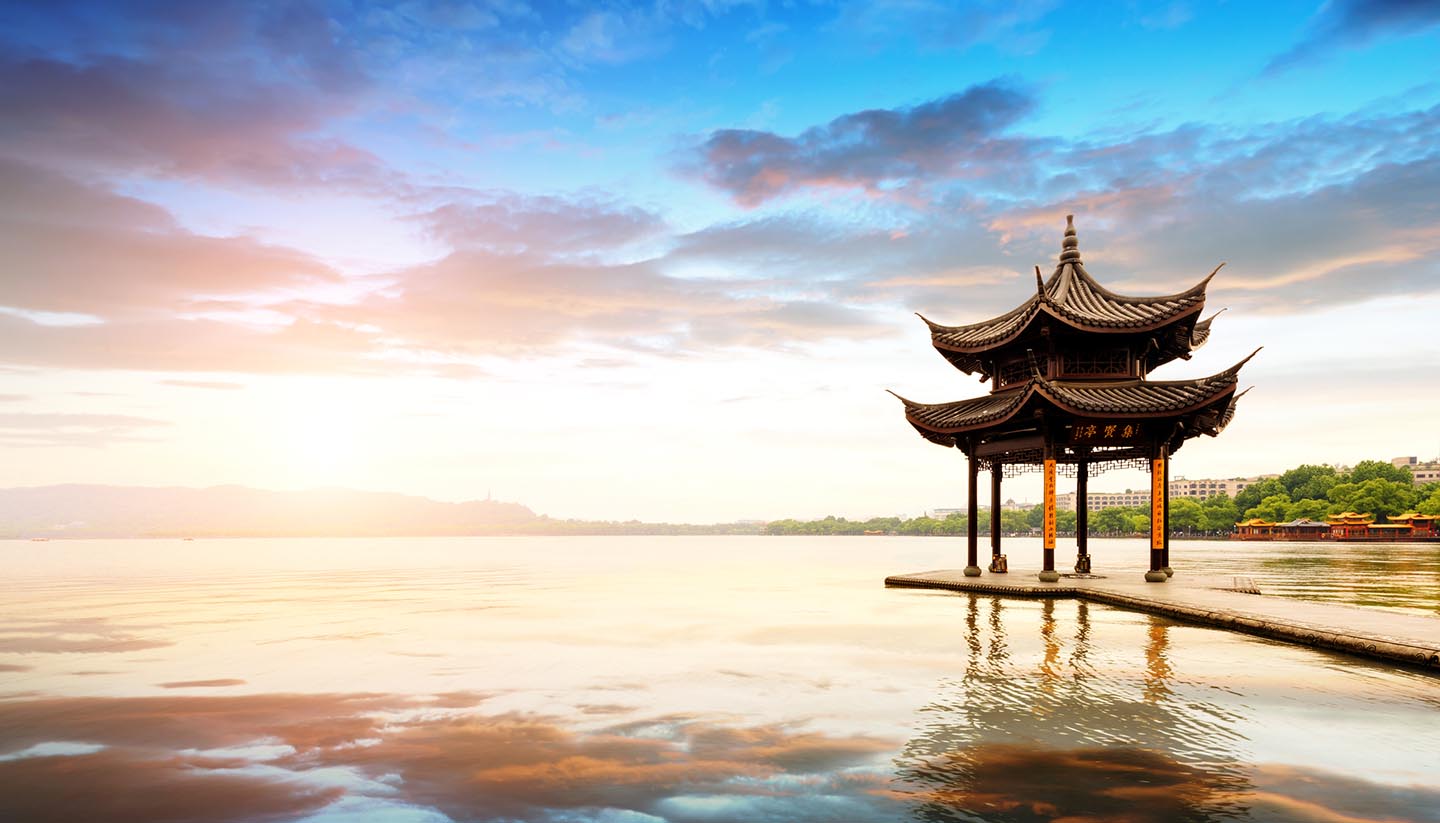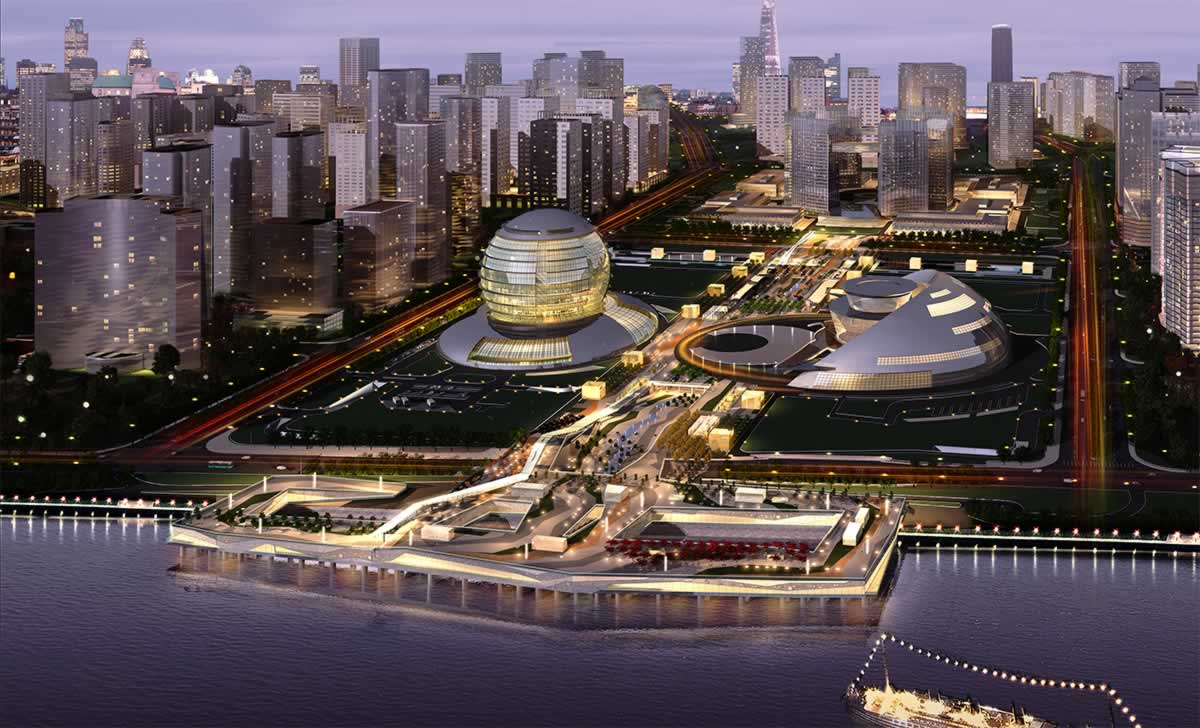Hangzhou History And Population, Asian Games in Hangzhou:Wade-Giles romanization of Hangzhou China’s Hang-chou, also known as traditional Hangchow, is the provincial capital of Zhejiang sheng. Situated near the head of Hangzhou Bay, on the north bank of the Qiantang River estuary, the city is situated in the province’s northern region. also is connected to the network of canals and waterways that encircles the Yangtze River (Chang Jiang) delta region to the north, and also has water contacts with the interior of Zhejiang to the south. It is also the southern terminal of the Grand Canal. The city is situated on the bank of the well-known Xi (West) Lake, which is renowned for its beauty and served as a favorite imperial retreat in poetry and art. It is also at the eastern base of the picturesque Tianmu (“Eye of Heaven”) Mountains. Dad.(2007 est.) urban agglom., 3,007,000
Hangzhou History And Population
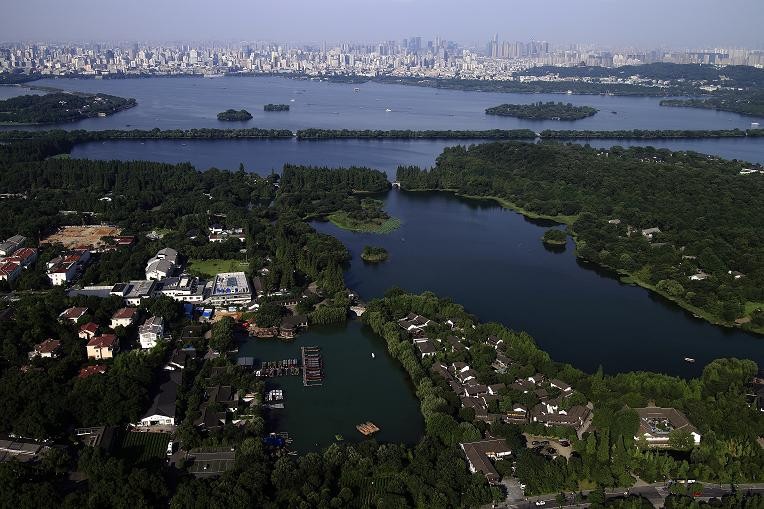
The county of Qiantang was initially founded at this location during the Qin dynasty (221–207 bce), but development did not begin until the Yangtze River delta region saw settlers in the 4th and 5th century ce. The Sui dynasty (581–618) established a prefecture there in 589, giving rise to the city’s name, Hangzhou. After the Jiangnan Canal (then the southern portion of the Grand Canal) was completed in 609, it rose to prominence as an important local center.
Hangzhou served as the state capital of Wu-Yue during the Ten Kingdoms (Shiguo) era (907–960). The Jin (Juchen) dynasty (1115–1234) took control of northern China during the later Song period (960–1279); starting in 1127, the Song emperors were restricted to southern China, where they established Hangzhou (then known as Lin’an) as their capital. Known as Kinsai, or Quinsay, to the Venetian explorer Marco Polo when he visited it in the late 13th century, it was a commercial hub with a population estimated at one to 1.5 million at the time.
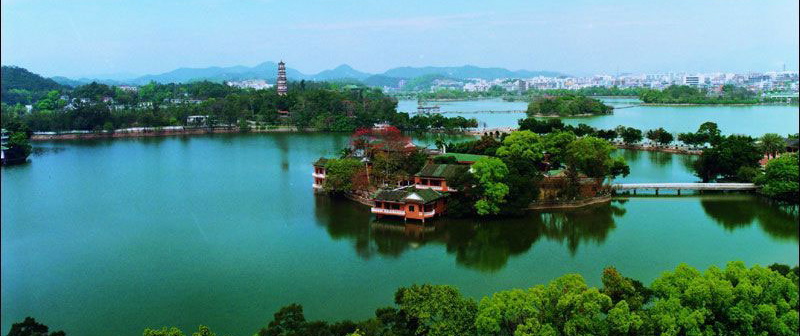
Hangzhou continued to be significant even if it never again attained the height of its prominence as the capital of the Nan (Southern) Song. It served as Zhejiang’s provincial capital and was a superior prefecture throughout the Ming (1368–1644) and Qing (1644–1911/12) dynasties. Because it was the hub of China’s most significant silk industry and a lush rice-growing region, it amassed enormous wealth. It was also well-known for being a hub of culture, generating a large number of poets, artists, and authors.
However, when Hangzhou Bay steadily filled in and its outport, Ganpu, lost its usefulness, the port’s significance decreased. Its trade progressively moved from the 14th century to Ningbo, which is located on the southern bank of the bay, to the new city of Shanghai, which is located at the mouth of the Yangtze River about 100 miles (160 km) to the northeast, in the 19th century. During the Taiping Rebellion (1850–64) in 1861, the city was overrun by the rebels and sustained significant destruction.
After that, it was opened to foreign commerce in 1896 and continued to be a commercial hub for domestic trade even though it was no longer a significant port. Later, the building of a railway to Shanghai (1909), another to Ningbo (1914), and a main line to the provinces of Jiangxi and Hunan (1936–1938) increased its commercial significance. Rail traffic from the southeast provinces to Shanghai has centered on Hangzhou since the 1950s, when rails were built in the province of Fujian. Built in the 1930s, it served as the hub of the first modern motorway network. The Japanese ruled Hangzhou from 1937 to 1945.
Hangzhou’s historical and cultural legacy is still present despite the city’s numerous recent urban changes. The tourist industry is still significant to Hangzhou’s economy today. West Lake, a UNESCO World Heritage Site, is one of Hangzhou’s most visited landmarks. Situated across 3,323 hectares (8,210 acres) of land, the West Lake Cultural Landscape is home to some of Hangzhou’s most prominent historical and picturesque locations. There’s a picturesque region next to the lake with many of temples, pagodas, pavilions, gardens, and decorative trees, along with causeways and man-made islands. Since the ninth century, the West Lake and the hills that encircle it have served as inspiration for renowned poets, academics, and artists, who have created many songs, tales, and plays for this hallowed location.
One of China’s primary exhibition cities is Hangzhou. The China International Animation Festival, the China International Micro Film Festival, and the World Leisure Expo are all held in this city every year.
Hangzhou Asian Games
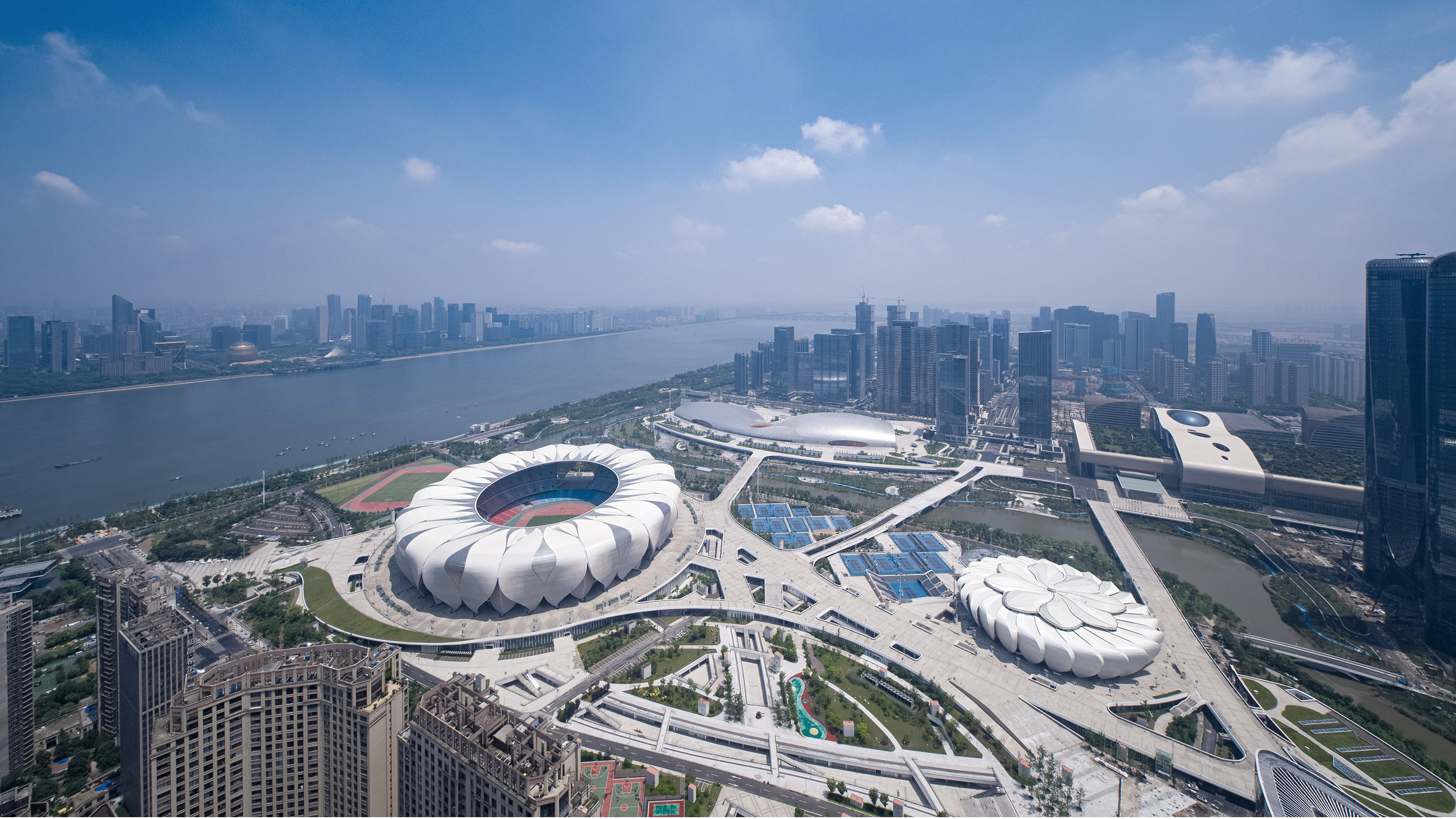
Hangzhou Asian Games:Regime censors have blocked a photo of two Chinese hurdlers applauding one another following a race at the recent Asian Games in Hangzhou.
On October 1, Lin Yuwei won the gold medal in the 100-meter hurdles, and Wu Yanni gave him a hug. Wu finished in second place but lost the race due to a false start. The numerals on their shorts came from their competition in the 6th and 4th lanes. The two numerals accidently came together in the picture to make the number 64, which is forbidden for the dictatorship in power.
While many younger Chinese people are unaware of this historical event, the June 4 massacre of 1989 is sometimes referenced by the number “64.” On the evening of June 3–4, hundreds of PLA soldiers armed with tanks ruthlessly put an end to the large-scale protests for democratic rights in Beijing’s core districts, including Tiananmen Square.
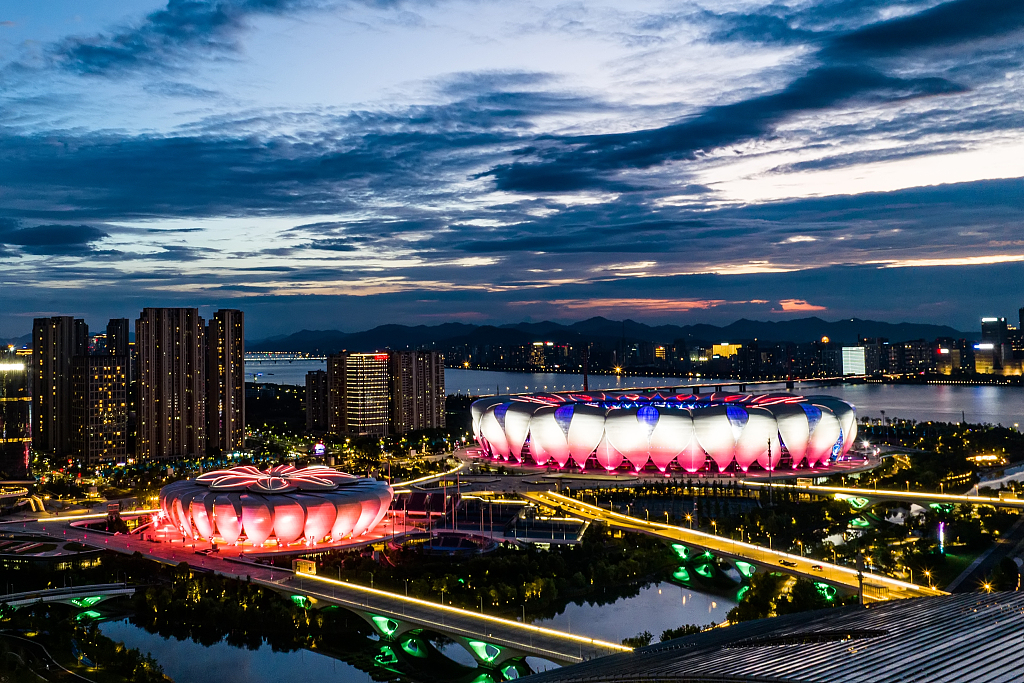
After former CCP general leader Hu Yaobang passed away on April 15, 1989, there had been seven weeks of intense protests, which were first spearheaded by students and then greatly increased as workers joined the cause. Millions of people supported the protest, which quickly expanded to over 100 cities with slogans like “Down with autocracy” and “Down with corruption.” Deng Xiaoping and many CCP elders issued the order to put an end to the demonstrations, with Deng stating he would be willing to “kill 200,000 people in exchange for 20 years of stability.”
